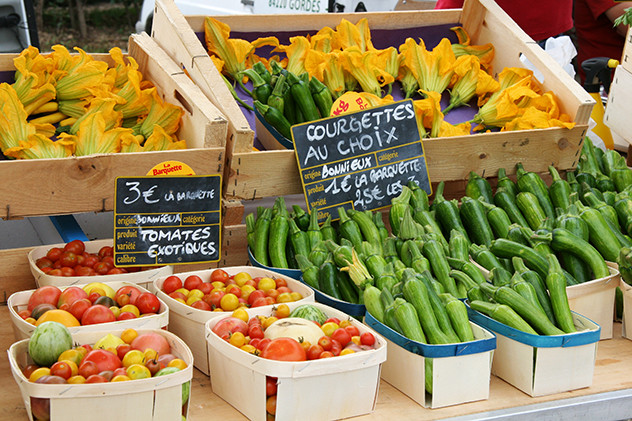Sustainable holidays in Italy
Many people are thinking about how to have a more sustainable lifestyle - and holidays are coming under the same scrutiny. We that Villa holidays in Italy are a great choice for those sensitive to their carbon footprint.
What is Sustainable Travel?
According to the World Tourism Organization (UNWTO), sustainable tourism is defined as:
“Tourism that takes full account of its current and future economic, social and environmental impacts, addressing the needs of visitors, the industry, the environment and host communities.”
The term sustainable travel refers to the adoption of sustainable practices with the aim of minimizing the negative impacts and maximizing the positive effects of tourism.
Why Tuscan villas are eco-friendly accommodation.
The first and second of the 8 principles of sustainable travel is to stay in eco-friendly accommodation, and to make optimal use of environmental resources. While there are many companies offering eco-lodges or glamping as a green option, the old Tuscan farmhouses converted into holiday homes were built to manage the heat naturally, with centuries-old knowledge, with local materials and by local people. Thick walls, shutters on the windows, and outside shading all help keep the interiors cool during the summer without air-conditioning. Many of them were built centuries ago and carrying on using them today is an excellent way of long-term recycling; any building requires energy to be built, which is then called "embodied energy". The longer buildings can be repurposed and used, the more efficient their carbon footprint.
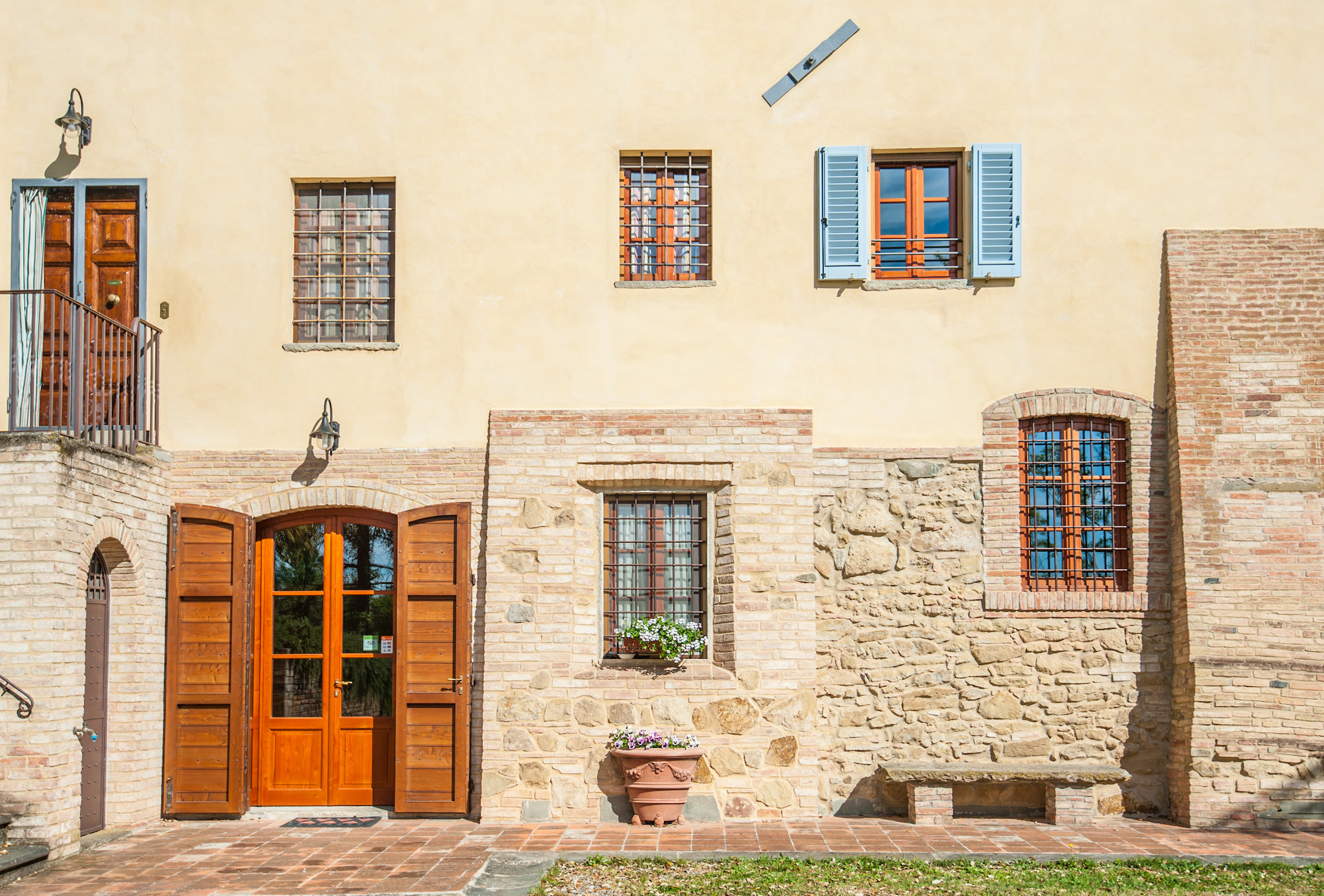
There are other, more contemporary practices, that can further help make optimal use of environmental resources. These include re-using grey waters, having solar panels for both electricity and water heating, having insect screens, and salt-filtered pools, which avoid the use of chemicals to keep the pool clean.
Live local and shop local
Many people who book a Villa holiday ask for one that is within walking distance of a village. While traveling to Italy may be carbon-intensive, by staying local, shopping in the local food market, eating in the village restaurant and enjoying the local events that are often put on during the Italian summer months. Villages and towns in Italy have local markets with wonderful fresh, locally grown food. What can be better than to shop local, cook local, eat local? You'll be buying from and supporting local businesses.
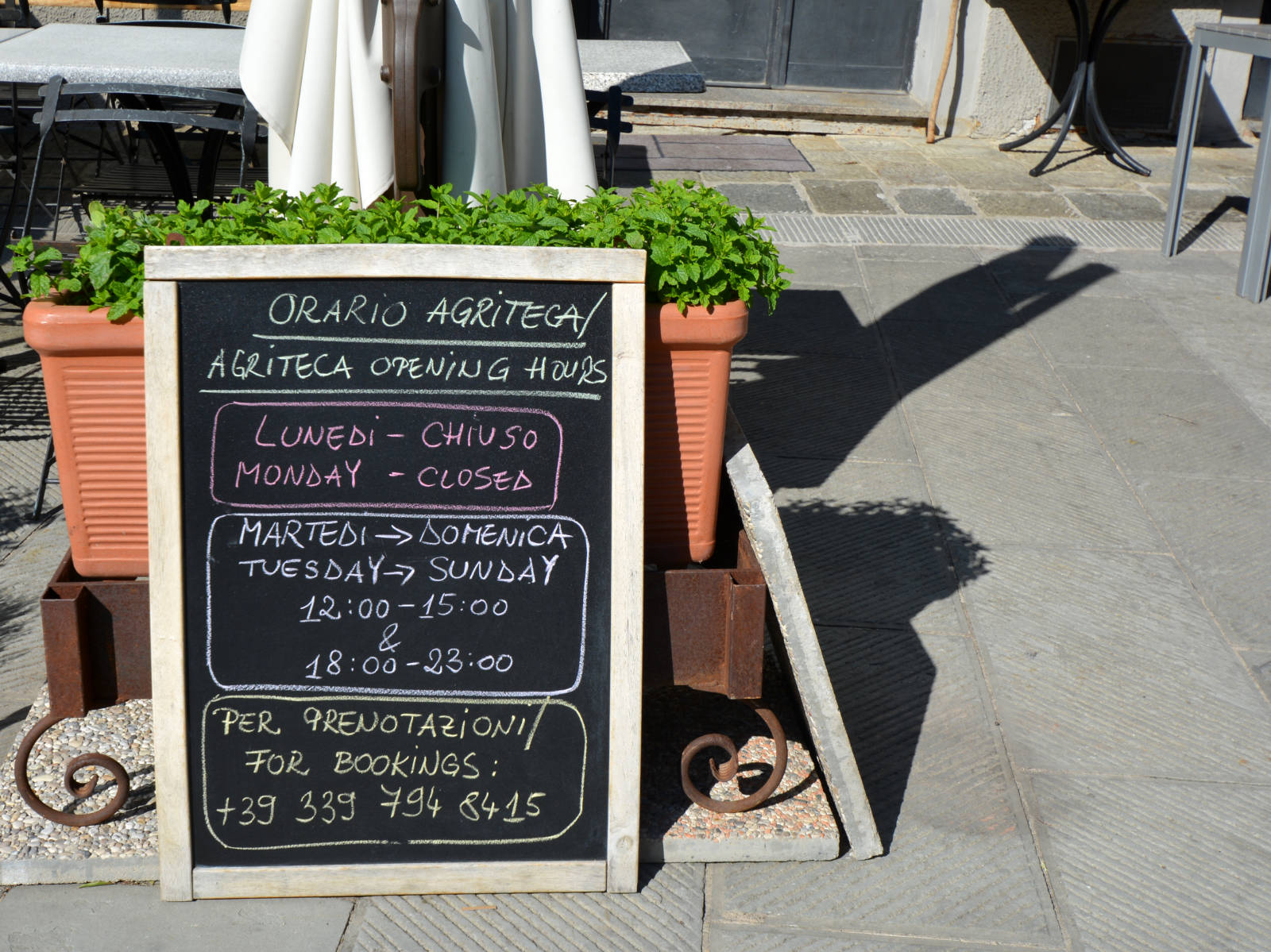
Is self-catering a sustainable choice?
Staying in a villa means you can cook in your own kitchen, with ingredients that have been grown and shopped for locally. Many villas even have little vegetable gardens of their own, so you'll be preparing food that was grown within a very local radius indeed. Have a look here for some Italian recipes
If you're unusure of how to use some of the local ingredients we have cooks who can come and teach you; many chefs will accompany you to the market and show you how to choose the best fruit and vegetables - then show you how to cook them too. We also know some cooks who are experts on foraging, and how to recognise the different foods, fruit and fungi that grow naturally in the landscape.
See our list of Villas close to a Village
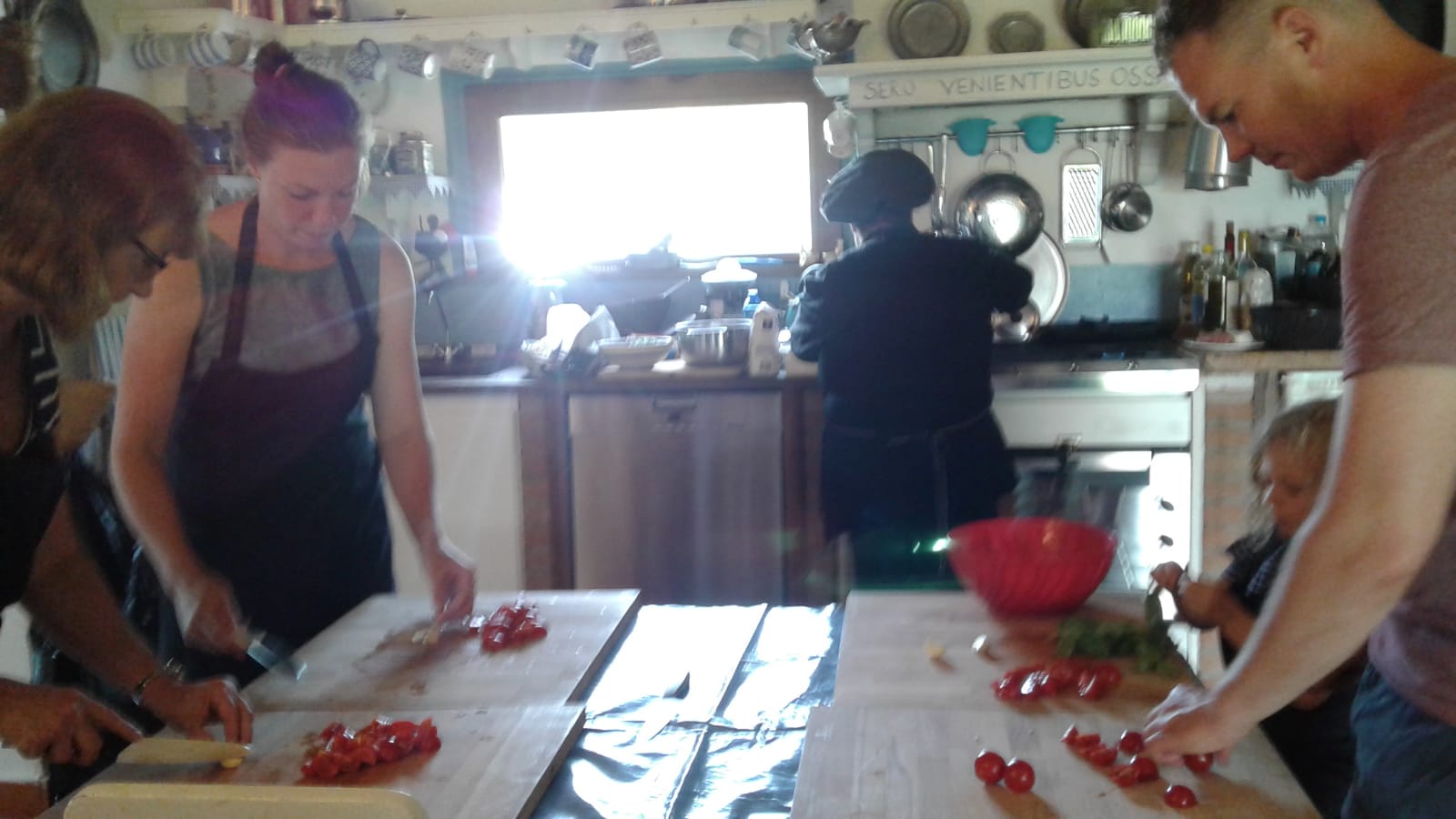
If you're eating in restaurants, most places in Tuscany cook and serve locally sourced food too, keeping the miles from field to plate to a minimum. There's a term: "Chilometro Zero" (zero kms) that has been coined to denote local food - you can always ask your restaurant if they are "Chilometro Zero".
For Vegan and Vegetarian restaurants in Tuscany, have a look at our list: "A guide to vegan and vegetarian restaurants in Tuscany". We will be updating it as we find and test more.
Travelling slow, staying local
Tuscany is famous for its great Art cities like Florence, Siena, or Lucca. But the art and culture of the Renaissance and of the Middle Ages are spread over the entire region, meaning that, wherever you are there will be things worth seeing, tiny jewel like museums, walks through forests to abandoned medieval villages, Etruscan tombs and magical monasteries and cloisters.
You can stay local and explore places that most tourists will never see - we can help advise you depending on where you're staying. For example, if you're staying in Dan's House the local museum in Casole d'Elsa has some fabulous Etruscan artifacts, some good Renaissance paintings - but it's also part of the "Uffizi Diffusi", a fabulous project where the Uffizi museum sends some of its pieces out to small local museums.
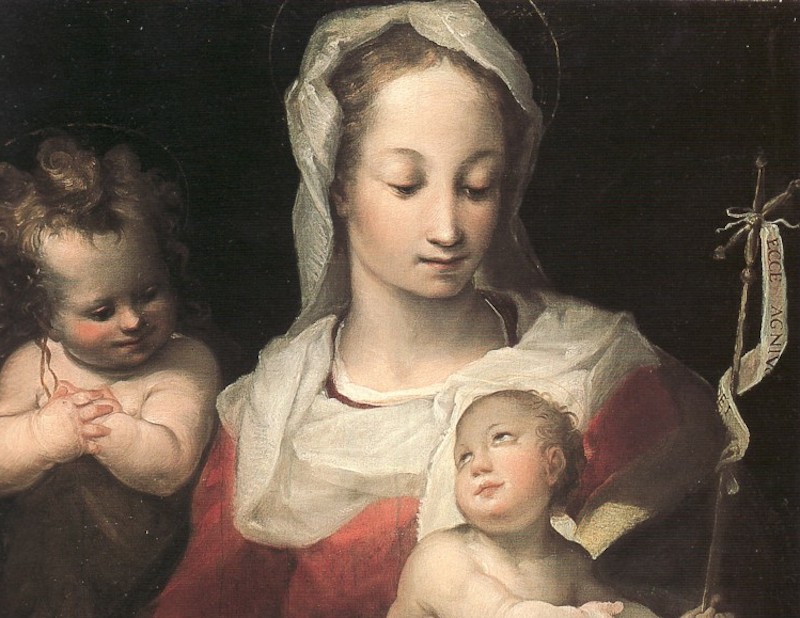
If you're staying in one of the houses in [Montestigliano](/our-villas/villa-estates/montestigliano] then you'll be lucky enough to be able to walk to the village of Torri and see the enchanting medieval cloister there:
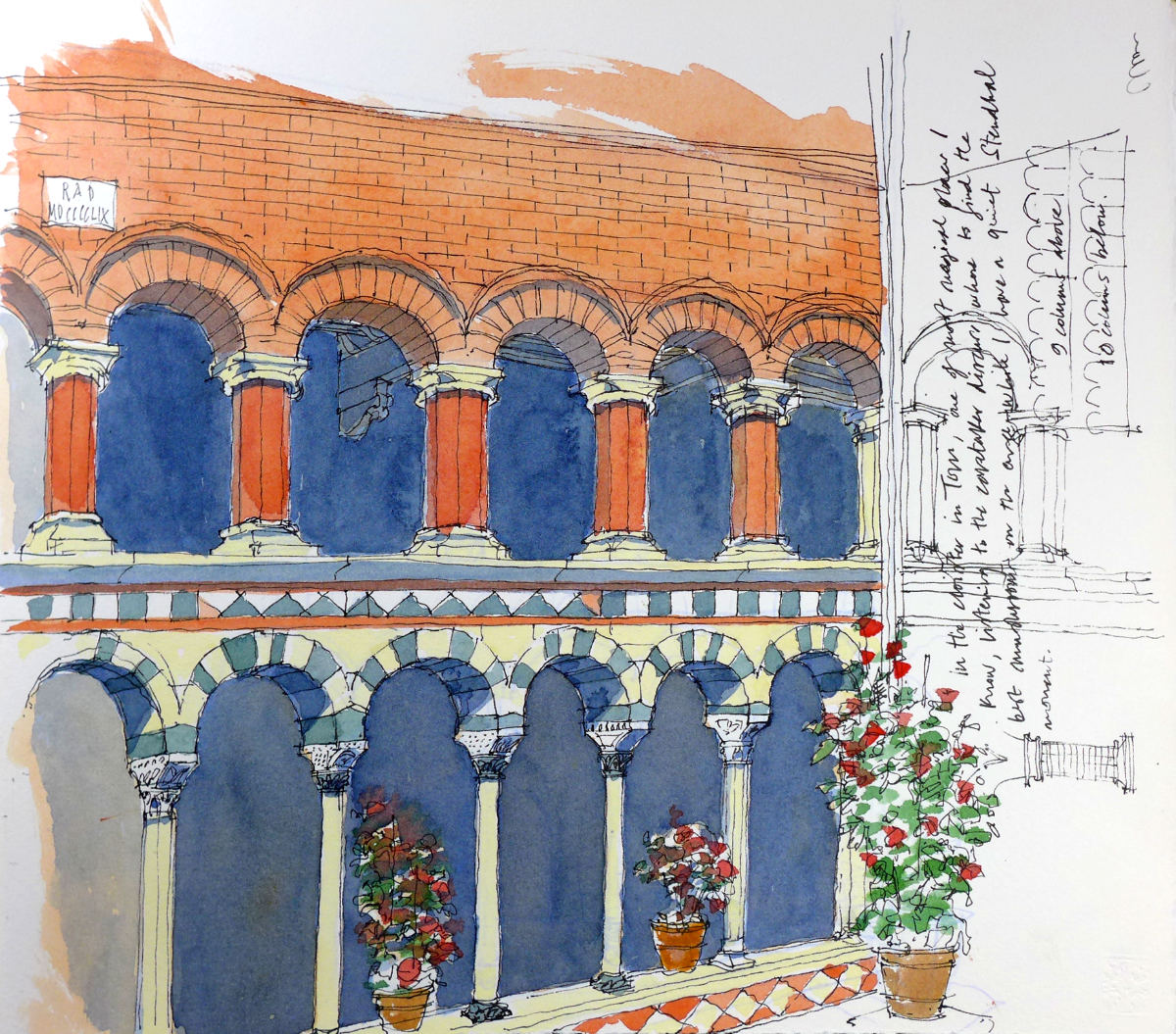
Villa energy use.
If you're staying in a villa you control your laundry costs, your energy use and in addition you can choose whether to eat in a restaurant or cook for yourself at home.
Our villas come with clean sheets and towels but they are not automatically changed daily like in hotels - you control how often you feel they need to be cleaned and changed.
In summer air-conditioning will be by far the highest energy cost of any house, but there's any easy way to knock that carbon footprint right down: rent a villa without A/C or simply use it sparingly:
How to stay cool without air-conditioning
Old stone farmhouses in Southern Europe were designed to cope with the climate without electricity - this makes them perfect for those seeking to minimise electricity use. Some of our villas have air-conditioning, others don't, but in both cases knowing how the houses were designed to work can help keep them cool during summer.
Any building has what's called Thermal Mass - this is its ability to absorb and store heat energy. A lot of heat energy is required to change the temperature of buildings built with heavy materials like stone, bricks, concrete, and tiles. They are therefore said to have high thermal mass. Lightweight materials such as timber have low thermal mass.
Old Italian stone farmhouses have very heavy, very thick walls - this means they take a long time to change in temperature; if you close the shutters during the day, and keep the sunlight (and heat) out - then open the windows at night to let the night breeze in - the overall temperature of the house will stay low without air-conditioning. To help this many houses have insect screens and some also have silent, energy-efficient ceiling fans.
Add to that the outdoor shaded spaces like pergolas and covered porticoes and you have a recipe for relaxed summer living with minimal energy use.
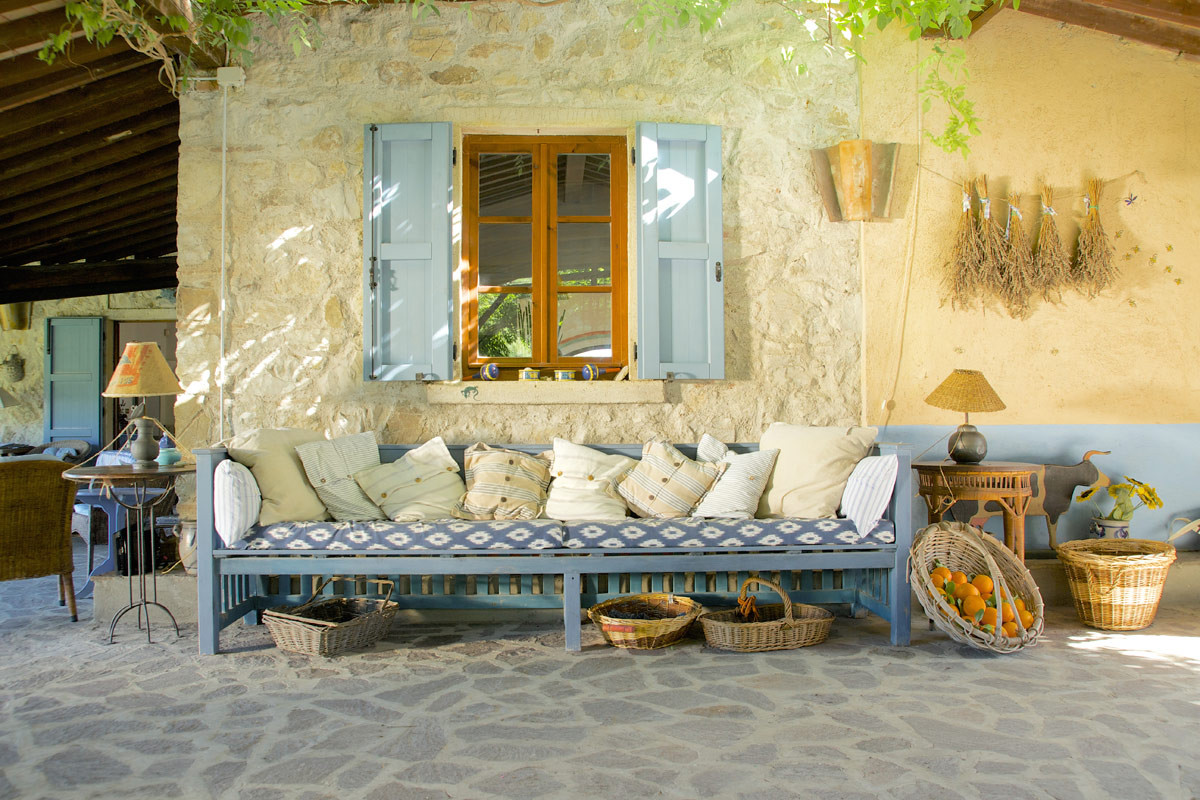
The greenest way to travel across Europe
If you're coming from the US then you're going to have to fly - so this next section is really for Europeans travelling across the continent: what's the greenest option?
Flying vs Train vs Car
Trains have the lowest carbon footprint, but a car with 4 people is still better than flying, particularly if your car has good MPG to start with.
| Type of Travel | Emissions in Kgs of CO2 |
|---|---|
| Flying (per person) | 255 |
| Driving (per car) | 180 |
| Electric Car (per car) | 53 |
| Driving (per person with 4 in car ) | 45 |
| By Train (per person) | 45 |
| Eurostar (international rail) | 6 |
For more information see ecopassenger
Carbon offsetting your flights
With tight school schedules some of us just have to fly - it's the least environmentally friendly way to travel but we all lead busy lives. If you're stuck with flying, perhaps consider offsetting your carbon footprint.
Clear Offset offers a carbon offset service - offsetting a return flight from London to Pisa for one person costs around £ 4 a head. But as Clear themselves say in their FAQ: "Carbon offsetting should never be the first response to climate change. We all have a responsibility to measure our carbon footprint and reduce it as best we can. However this will always leave us with some kind of footprint. That’s why offsetting plays a vital role.
After reducing your carbon footprint as much as possible, carbon offsetting invests in projects which reduce emissions even further elsewhere. Because emissions disperse throughout the atmosphere, your net carbon footprint becomes smaller even if the reduction happens somewhere else."
Is Driving to Italy sustainable?
For a single passenger there is no doubt that travelling by train is the greenest option. But when you're taking the whole family down to Italy or France so there are 4 in the car, the balance swings; travelling by car becomes a little greener.
Add to this the fact that you might need a car while at your villa and it becomes a great choice - provided you have the time!
We have a page about Driving down to Italy with some routes and comparative costs.
Train travel is green
We have a page on How to Travel to Tuscany by Train and I often go to Tuscany by train. I can leave London around 8am and be in Florence by 10pm.
We originally tested the London - Paris - Turin route with a one year old baby in tow. Getting across Paris from the Gare du Nord to the Gare de Lyon is the trickiest part and best done by taxi, though you can also take the Metro.
In Turin we hired a car and then drove down the coast which was beautiful.
Once you're in Tuscany public transport can be a little more difficult. We have a list of Villas you can visit without a car but it's worth remembering that there are many other Villas that have villages or restaurants nearby but where you'd need a car to actually get there in the first place. Reach the house and then live locally - it still works!
